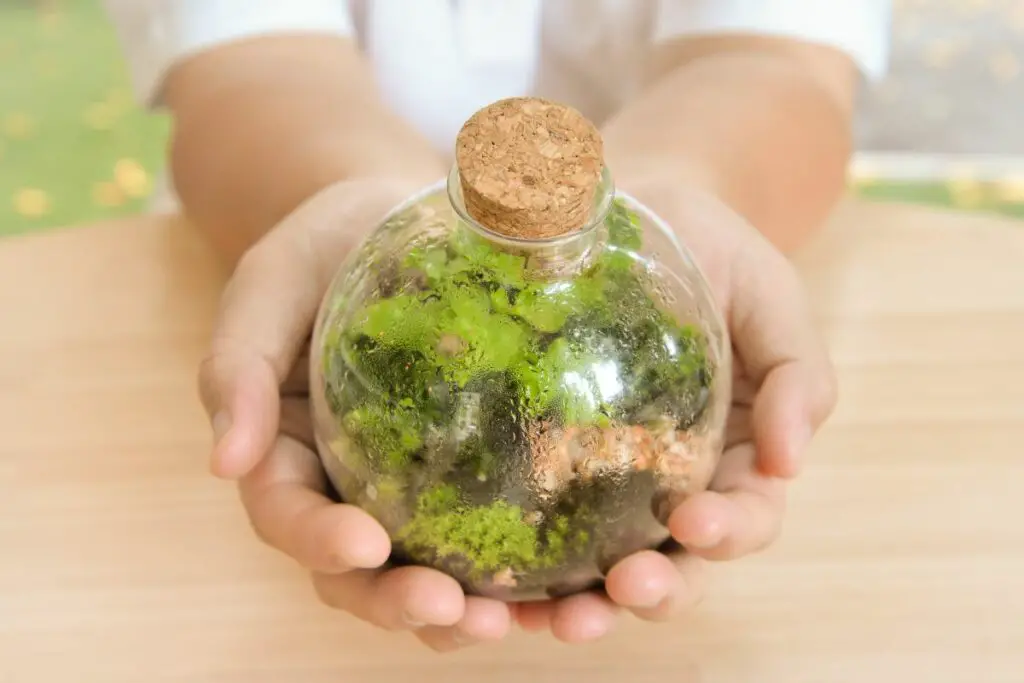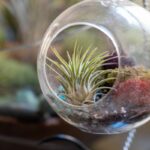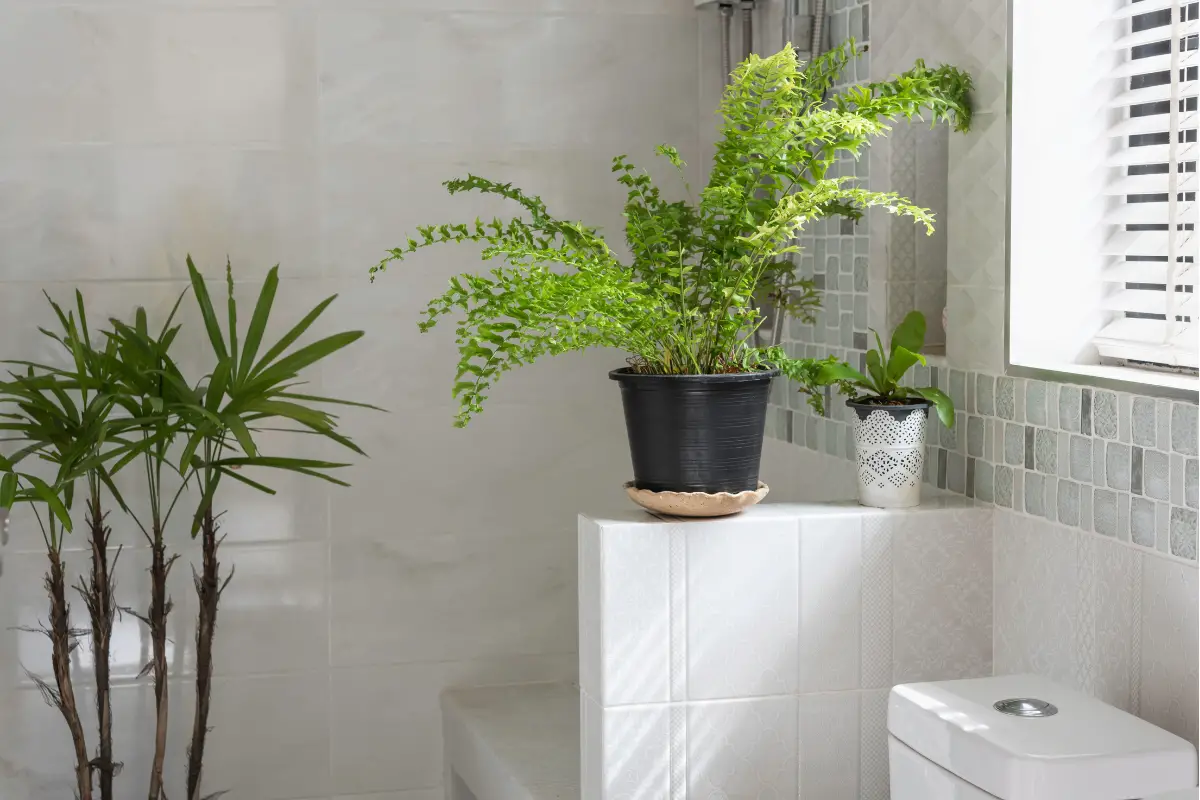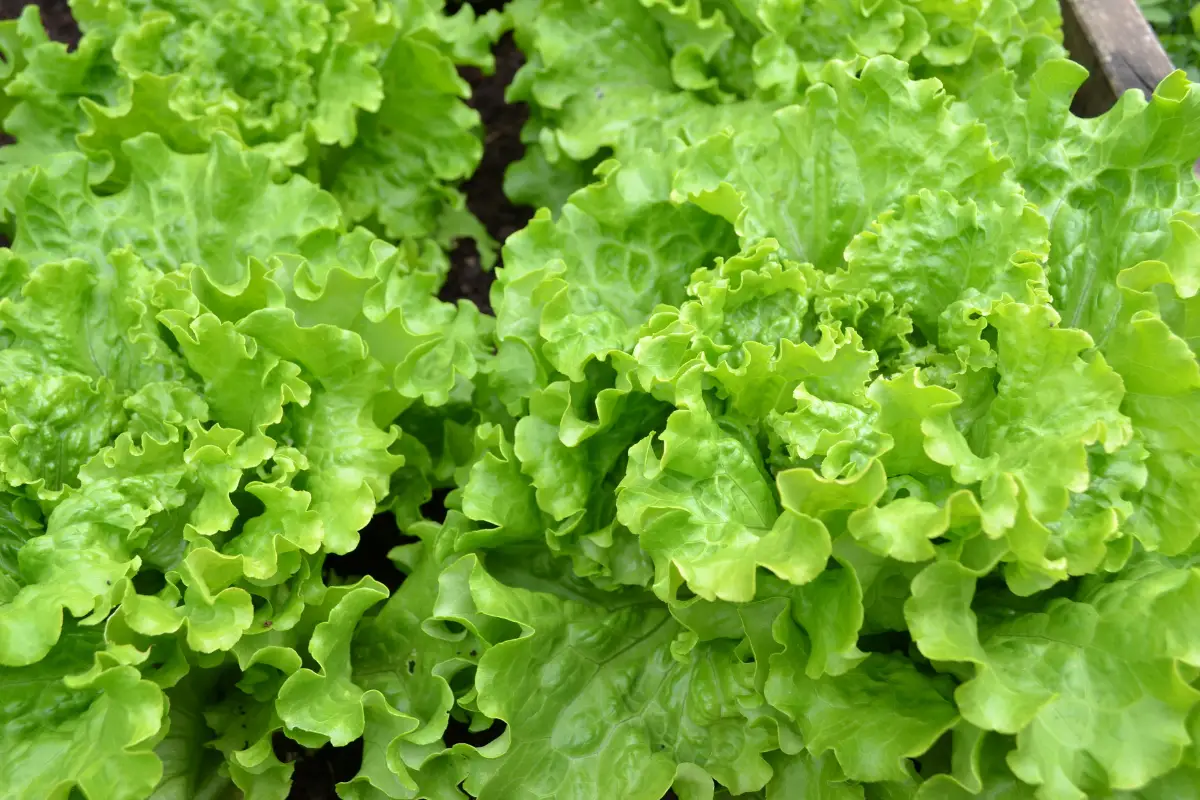Terrariums are a beautiful and unique way to bring nature into your home. However, they require careful attention and maintenance to keep the plants healthy and thriving.
If you’ve noticed your terrarium plants dying, don’t worry, you’re not alone. This is a common problem that many people face.
In this article, we’ll explore some of the most common reasons for plant death in terrariums and what you can do to prevent it.

Table of Contents
Understanding Terrarium Environments
Terrariums are closed ecosystems that require a delicate balance between light, temperature, humidity, and soil moisture.
When one of these factors is off, it can have a cascading effect on the health of the plants. Understanding the specific needs of your plants is the first step in preventing them from dying.
Overwatering
Overwatering is one of the most common reasons for plant death in terrariums. Too much moisture in the soil can lead to root rot, which is fatal to most plants.
If you’re not careful, it’s easy to overwater a terrarium, especially if the soil isn’t draining properly. To prevent overwatering, make sure to use a well-draining soil mix and avoid watering until the soil has had a chance to dry out.
Lack of Light
Plants need light to photosynthesize and grow. If your terrarium is not getting enough light, your plants will begin to die.
Make sure to place your terrarium in a location that receives bright, indirect light for at least six hours a day. If your terrarium is not getting enough light, consider adding a grow light or moving it to a sunnier location.
Poor Air Circulation
Terrariums that don’t have adequate air circulation can lead to high humidity levels and stagnant air. This can create an environment that is favorable to fungal growth, which can be fatal to plants.
To improve air circulation, consider adding a fan or opening the lid of the terrarium for a few hours each day.
Pests and Diseases
Just like any other plants, terrarium plants are susceptible to pests and diseases. Common culprits include spider mites, mealybugs, and fungal infections.
If you notice any signs of pests or disease, such as yellowing leaves or spots on the foliage, it’s important to treat the problem as soon as possible.
What should I do if I notice Pests or Disease in my Terrarium?
If you notice pests or disease in your terrarium, it’s important to act quickly to prevent the problem from spreading. Use a pesticide or fungicide that is safe for terrarium plants and follow the instructions carefully.
You may also want to consider removing affected plants to prevent the spread of the problem to other plants in the terrarium.
Prices pulled from the Amazon Product Advertising API on:
Product prices and availability are accurate as of the date/time indicated and are subject to change. Any price and availability information displayed on [relevant Amazon Site(s), as applicable] at the time of purchase will apply to the purchase of this product.
Conclusion
Maintaining a healthy terrarium requires careful attention to detail. By understanding the specific needs of your plants, you can prevent common problems like overwatering, lack of light, poor air circulation, and pests and diseases.
With proper care, you can enjoy a thriving and beautiful terrarium for years to come.
- How to Build a Planter Box for Bamboo: A Step-by-Step Guide

- Can Robotic Lawnmowers Handle Steep Slopes?

- Do You Need a Specific Lawn for a Robotic Lawnmower? Expert Advice

- Are Robotic Lawnmowers Safe for Pets and Children? Safety Features of Robotic Lawnmowers

- Why Use Robotic Lawnmowers? Advantages of Using a Robotic Lawnmower

- Is the GARDENA SILENO City 300 Cordless or Corded? A Clear Answer















